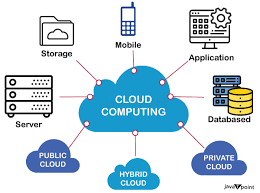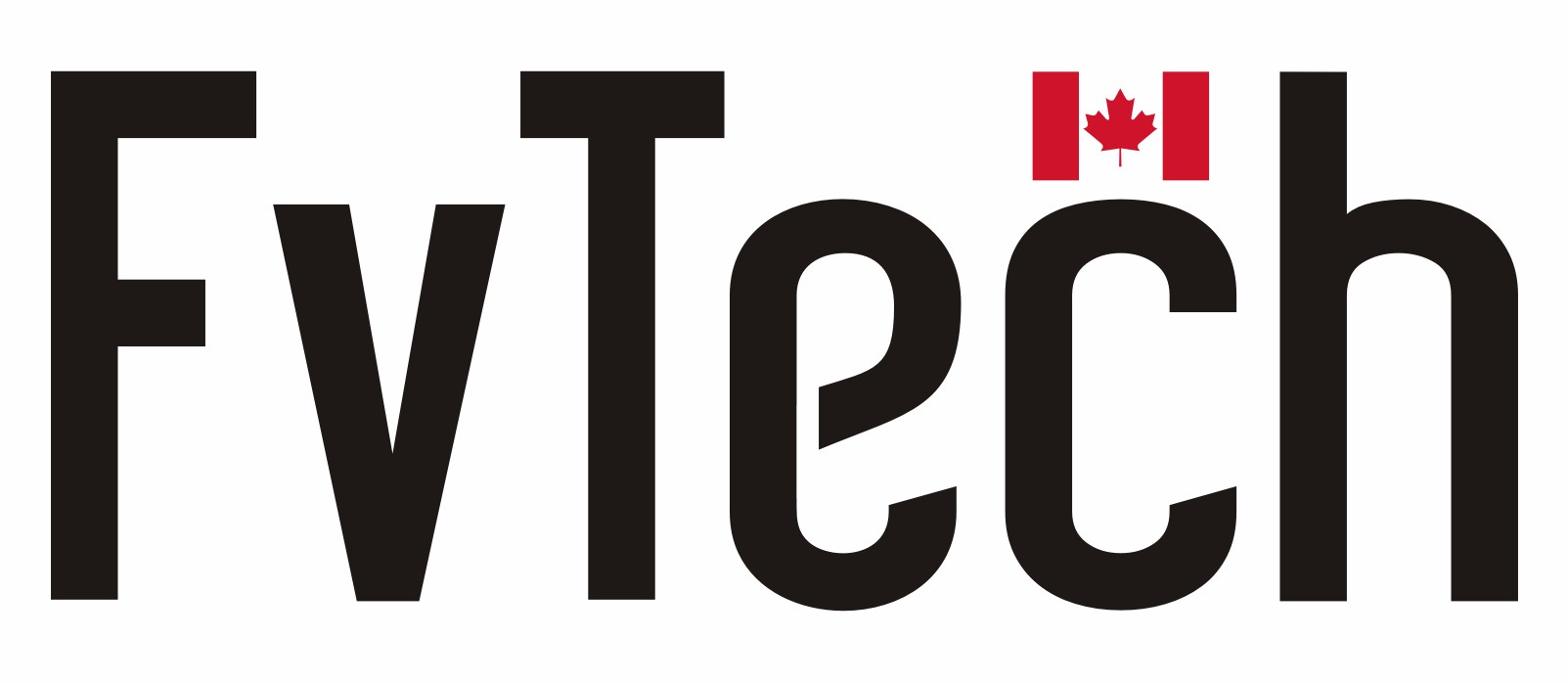Course DetailsHome / Courses Details
Professional Cloud Computing Certification Course (Must Have Technology for IT/Business)
Professional Cloud Computing Certification Course
Everyone who want to understand how Information Technology works, and how it shapens our future in the various professional walk of life must have this certifcation course.
This course will spark your deep understand of how all various technology gadgets intergate together to make the world around individual life make sense.
It is recommended course that can help all IT professionals, Data Engineers, AI and Machne Learning Professionals, and Business Analytics Professionals function smoothly (Must Have Technology for IT/Bussiness Professional)
Cloud computing is the on-demand delivery of IT resources and services, such as servers, databases, and software, over the internet. Instead of owning and maintaining your own physical hardware and data centers, you can access computing power and storage from a cloud service provider (CSP) on a pay-as-you-go basis.
The cloud is a vast global network of remote data centers owned and operated by major companies like Amazon (AWS), Microsoft (Azure), and Google Cloud. It provides flexible, scalable, and cost-effective alternatives to traditional on-premises infrastructure
How cloud computing works
At its core, cloud computing involves three major components that work together over the internet:
-
The front-end: This is what the user interacts with, such as a web browser or a mobile app.
-
The back-end: This consists of the CSP's massive data centers, which contain the servers, storage systems, and databases that run the services.
-
The network: The internet serves as the bridge that connects the front-end to the back-end, allowing data to be exchanged instantly.

Core Topics in a Cloud Computing Syllabus
-
Fundamentals:
- Introduction to cloud computing, including history, business cases, and essential characteristics.
- Key concepts like scalability, elasticity, and pay-as-you-go models.
- Hands on quizes and practical visualization of deployable services
-
Architecture and Models:
- Service Models: Infrastructure as a Service (IaaS), Platform as a Service (PaaS), and Software as a Service (SaaS).
- Deployment Models: Public, Private, Hybrid, and Community clouds.
-
Cloud Infrastructure:
- Virtualization: Understanding virtual machines (VMs) and containerization technologies.
- Infrastructure Components: Learning about cloud infrastructure components and designing data centers.
-
Major Cloud Platforms:
- Overview of leading cloud providers: Amazon Web Services (AWS), Microsoft Azure, and Google Cloud Platform (GCP).
- Introduction to core services for compute, storage, networking, and databases.
-
Cloud Services & Applications:
- Serverless Computing: Exploring services like AWS Lambda and event-driven architectures.
- Data Management: Cloud storage services (S3, EBS), databases (RDS), and data analytics frameworks.
- Application Development: Setting up development environments and deploying applications to the cloud.
-
Security and Compliance:
- Cloud security objectives, risks, and best practices.
- Identity management and access control within cloud environments.
-
Advanced Concepts:
- DevOps and Infrastructure Automation for efficiency.
- Microservices, Cloud Native, and application modernization.
Practical Aspects
- Hands-on Labs: Setting up accounts, launching instances, and managing cloud resources.
- Project Work: Designing and implementing cloud services for specific tasks.
- Case Studies: Analyzing real-world applications and scenarios of cloud computing.
The course is desinged to accomodate everyone since it start from Introduction to cloud computing Science. However, any students, or Professionals who have undergradate degrees in computing science, IT Professionals, and Gradates will have better understanding of the course. Note that our Pressionals are harnds-on who have worked in the industry for many years, therefor they know how to work on the indivual students to bring them up to speed. So no worries.
https://www.geeksforgeeks.org/cloud-computing/cloud-computing-tutorial/
Cloud Computing Tutorial
Cloud computing is a technology that enables us to create, configure, and customize applications through an internet connection. It includes a development platform, a hard drive, software, and a database.
In this Cloud Computing Tutorial, you will learn the basic concepts of cloud computing, which include multiple service models, deployment models, the infrastructure of cloud computing, and virtualization in cloud computing. We have also covered the advanced concepts of cloud computing, which will help you to learn more depth about cloud computing.

What is Cloud Computing?
The term "Cloud Computing" generally refers to the ability of a system to store data or applications on remote servers, process data or applications from servers, and access data and applications via the Internet. Cloud computing provides scalability, flexibility, cost-effectiveness, and security to individuals and organizations to manage their IT operations. Cloud computing works on a Pay-on-Use basis for individuals and organizations. It is an on-demand availability of system resources and computing power without direct active management by the user.
Examples of Cloud Computing
Cloud computing is the ability to deliver computing services, such as servers, storage, database, networking, and intelligence. Here are some examples of Cloud Computing:
- Cloud-based virtual desktops: These help users access their systems and applications by using any device from anywhere. Examples of Cloud-based virtual desktop providers are Amazon WorkSpace, VM ware, Horizon Cloud, and Virtual Windows of Microsoft.
- Cloud Backup and Cloud Storage: Cloud storage generally provides safe and scalable storage options for organizations and individuals to store and Cloud backup provides backup for the data.
- Cloud disaster recovery: This service users to have a backup of their data when any disaster recovery needs to occur. Some Examples of Cloud disaster recovery include Mozy, Amazon Glacier, and Carbonite.
- Infrastructure-as-a-Service(IaaS): It helps businesses to scale their computer resources up or down whenever needed without any requirement for capital expenditure on physical infrastructure. Examples of IaaS providers are Amazon Web Service(AWS), Google Cloud, and Microsoft Azure.
- Software-as-a-Service(SaaS): With the help of SaaS, users can able to access applications hosted in the cloud, rather than installing and running them on their local devices. Examples of SaaS applications are Salesforce, Dropbox, and Microsoft Office 365.
- Platform-as-a-Service(PaaS): This helps organizations with a cloud-based platform to build, deploy, and manage applications. Examples of PaaS providers are Google App Engine, Microsoft Azure, etc.
Cloud Computing Architecture
Cloud computing architecture refers to the components and sub-components required for cloud computing. These components typically refer to:
- Front end ( Fat client, Thin client)
- Back-end platforms ( Servers, Storage )
- Cloud-based delivery and a network ( Internet, Intranet, Intercloud )
